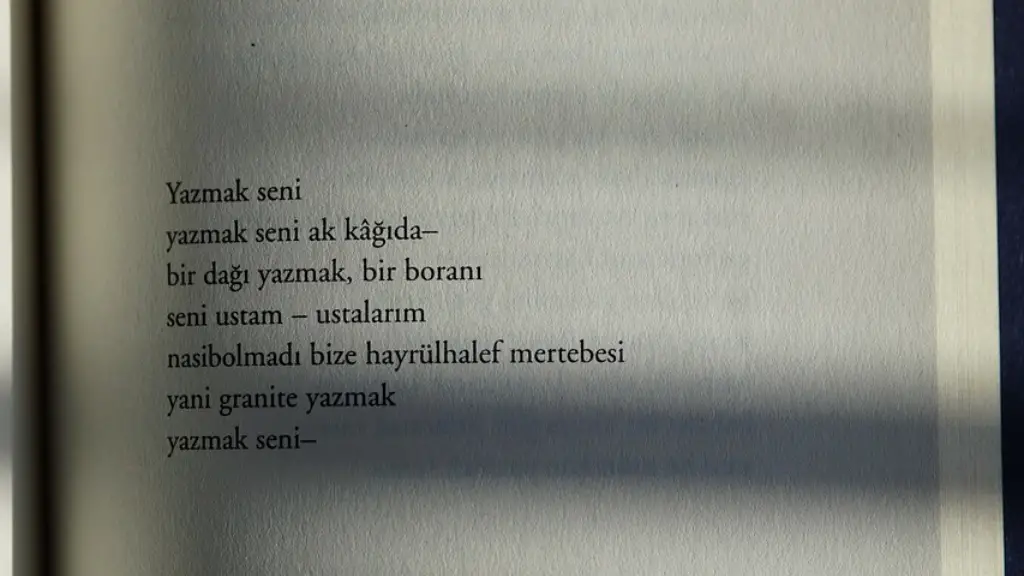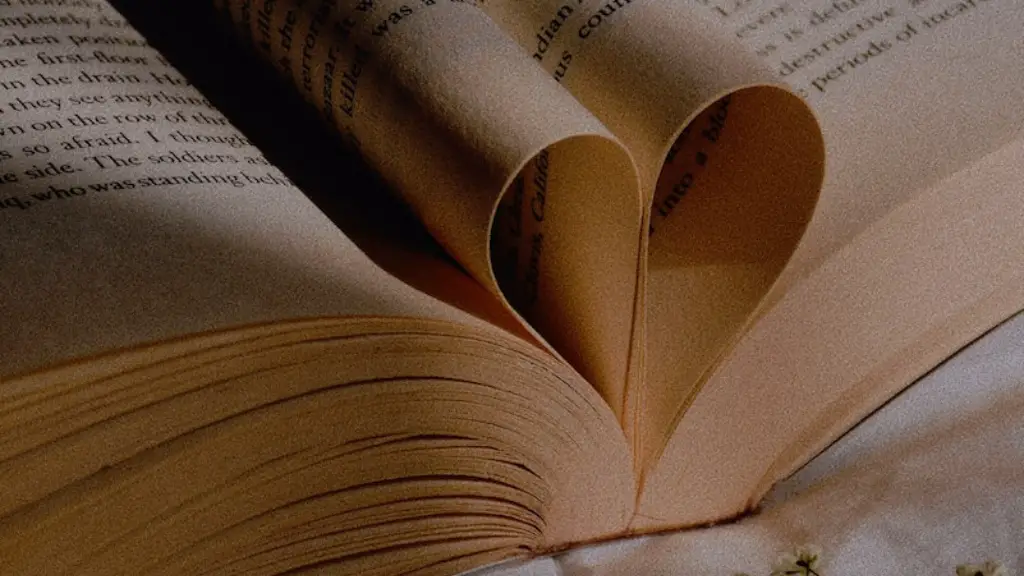Main Topic:
What Aspect of Robert Frost’s Poetry is Traditional?
Robert Frost was an American poet who inked writing which was arguably unlike some of his contemporaries. While Frost’s poems typically eschewed modernist aesthetics in favor of more traditional forms and structures, there are subtle — and some less-than-subtle — ways in which his work captures and builds upon themes of the poetic past.
Capturing the Tradition of Poetry Through Form
Frost works with traditional poetic forms. His poems often were composed of stanzas, each of which consisted of 4 lines — often called quatrains — that rhymed in a particular aabb formation. Other traditional features of Frost’s works include references to biblical or Shakesperean tangents, and the use of meter and rhythm in his works. He often employed iambic pentameter — a type of meter formed from 5 feet of an unstressed syllable followed by a stressed syllable.
Frost’s poetry dutifully follows the expectations of traditional poetic structure, which often includes the use of meter and rhyme, to provide a more consumable experience for readers. His works are presented with a sense of order, along with memorable rhymes to create an easy-to-follow framework for those who are less familiar with poetry. This allows Frost to capture the history of pre-modernist English poetry.
Capturing the Tradition of Poetry Through Theme
Frost’s themes also draw from traditional English poetry. Many of his works contain themes of nature, morality, and mortality. He uses these themes as a traditional trope employed by poet’s for centuries, which further separates him from the hyper-modernism of his contemporaries. His works contain an aire of nostalgia and an attachment to the past, whispering of days of other poets exploring the same themes and stories.
This is particularly evident in his works focused on mortality — such as his poem “Stopping by Woods on a Snowy Evening.” Here, Frost waxes on the traditional theme of life and death, and how the fragility of life is balanced by the relentlessness and familiarity of death. In this way, Frost continues the poetic tradition of exploring life, death, and the search for meaning therein.
Capturing the Tradition of Poetry Through Imagery
Frost’s poetic imagery was also rooted in the traditional English poetic style. He uses literary devices such as metaphor, simile, and personification to explore his themes in a more palpable way for readers. He looks to particular objects, animals, or plants and drawing parallels between those physical items and a particular sentiment. For instance, in his poem, “The Road Not Taken,” Frost likens the choice of paths to a divergent life.
By utilizing metaphor and simile as a way to explore themes, Frost follows the traditional structures of English poetry, which often establishes an allegorical association between human experience and the physical world. This fundamentally speaks to Frost not just as an artist, but an inheritor to the poetic traditions of ages past who, in his works, seeks to capture the same message of meaning, comfort, and introspection that the greatest of poets had before him.
Capturing the Tradition of Poetry Through Humor
Frost’s poetry also captures the tradition of English poetry by capturing humor. His poems often contain light and joyous pieces which evoke a stern of children’s laughter as they find and enjoy jokes in Frost’s writing. Most of Frost’s humorous works rely on the classic English poetic device of irony, or the juxtaposition of expectation and reality. His poem, “Mending Wall,” for instance, relies upon the ironic contradiction of the necessity of a wall to separate neighbors, despite the rhetoric of have “good fences make for good neighbors.”
Frost’s use of humor further captures the traditional element of English poetry, as poets have long been employing jokes, irony, and punchlines to add flavor and fury to their work. By developing this bridge between past and present, Frost’s works better bring together the literary traditions of both old and new and, thereby, better preserve them for generations to come.
Capturing the Tradition of Poetry Through Narrative
Frost’s works also capture the tradition of poetry through narrative. Rather than write abstract, wordy works as many poets of his day had, Frost relies on a story-driven narrative structure in his pieces. One of his most beloved stories is that of “The Much-Too-Far-Along Road,” a poem which centers around a man who wanders too deep into the woods and finds himself unable to return until personified elements of the forest help him make his way home again.
This is a piece of classic story-telling, a practice which English poets have employed for centuries to better bring audiences into their work. Frost’s work follows in this very same vein, and belies the humble narrative structure used by English poets of old. Frost utilizes narrative structure to convey his themes of nature, morality and mortality, evoking the traditional sense of exploration that English poets have been known for.
Conclusion
Robert Frost employs traditional forms, themes, imagery and other elements of poetic structure in his works. His pieces are infused with the nostalgia of poetic history, and speak to the classic themes of nature, mortality and morality. Through the use of figurative language and devices of irony, Frost creates works that seek to capture and update the traditional aspects of English poetry.



